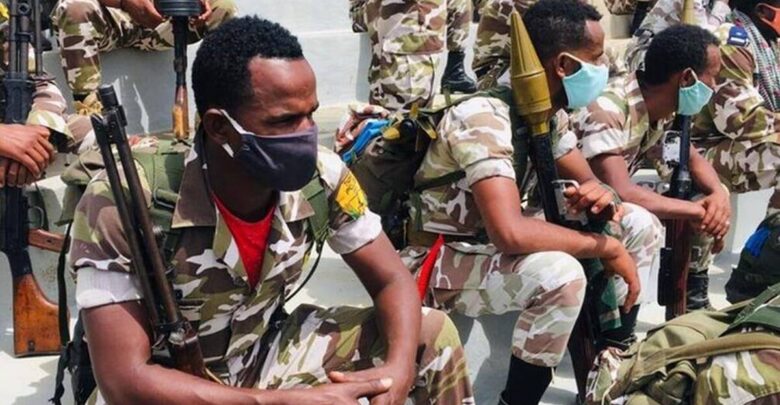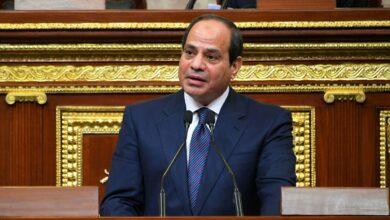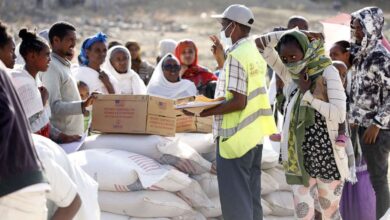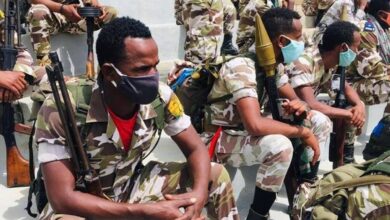Ethiopia
Ethiopia’s Rebel Tigray Forces Say 65% Of Fighters Recalled From Frontlines

Ethiopia’s rebel Tigray forces has confirmed that more than half of Tigrayan forces have withdrawn from the frontlines, a month after a ceasefire agreement aimed at ending the two-year conflict in Ethiopia’s northern Tigray region, reported The Reuters.
“We have accomplished 65 percent disengagement of our army,” Tadesse Wereda, commander-in-chief of the Tigray People’s Liberation Front (TPLF) said in a video posted on Facebook late on Saturday.
He said the Tigrayan army has left the front lines and moved to the place prepared for them to camp. He added that the force withdrew on vehicles and on foot.
Notably, war erupted in Tigray in November 2020 between Ethiopia’s federal military and the Tigrayan forces. The fighting has killed thousands of people, displaced millions and left hundreds of thousands facing famine.
In a big diplomatic breakthrough, the Ethiopian government and the Tigray rebels agreed on a permanent cessation of hostilities in an African Union (AU)-mediated peace deal on November 2 in South Africa.
Another agreement on disarmament of TPLF rebel fighters, guarantee to humanitarian access and entry of the Ethiopian military into Tigray’s Mekele was signed on November 12 in Kenya.
But even with the truce and its humanitarian access guarantees, the World Health Organization (WHO) said on Friday that it still does not have unfettered access to Tigray.
Last week, Ethiopia’s federal government said a joint committee tasked with charting a detailed plan for disarmament of the TPLF had begun its work and would finalise the plan in a few days.
Tadesse said the TPLF forces are still deployed in some locations where there is a presence of anti-peace forces.
“Our forces are still on the ground in those places due to the problems they [‘anti-peace forces’] are creating for our people, but we have even reduced numbers of our forces in those places,” Tadesse said.






